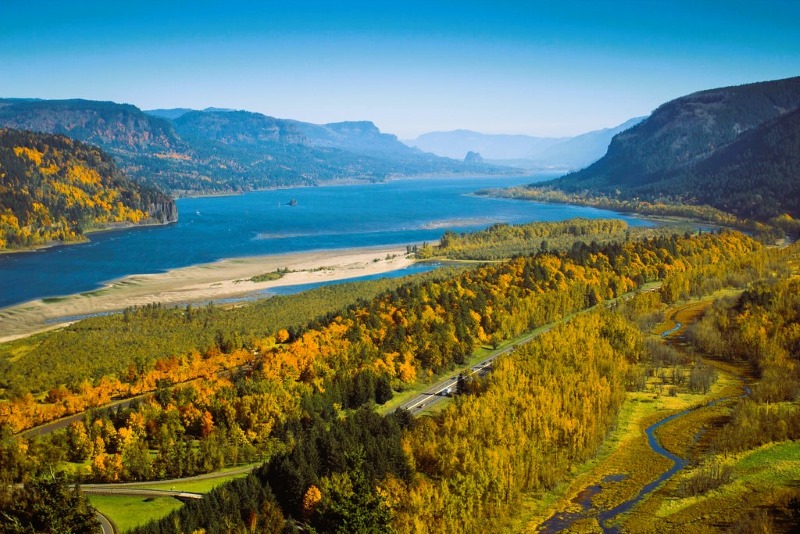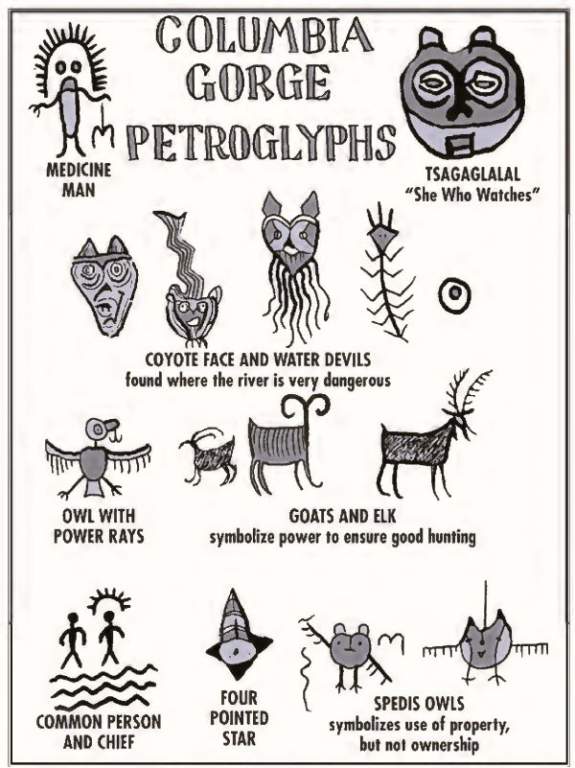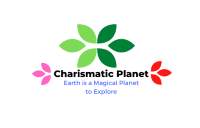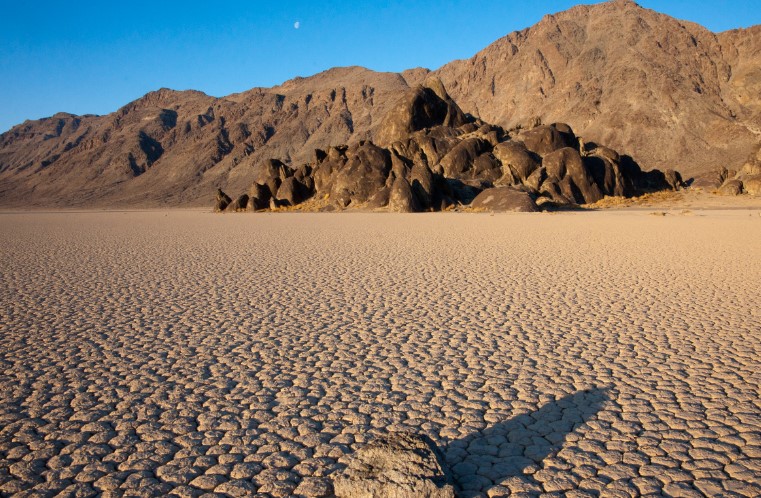The Columbia River Gorge is one of the most dramatic canyons in North America, extending partway along the north Oregon and south Washington state borders, and providing the only navigable water route through the Cascades. The narrow canyon is the only connection between the Columbia River Plateau and the Pacific Ocean. The Columbia River Gorge itself is about 100 miles 160 km in length and is the largest National Scenic Area in the United States.
Beyond its physical natural beauty, the gorge was a Native American settlement for at least 10,000 years before the arrival of the first European explorers. Various aspects of the Columbia River Gorge were of deep religious significance to the indigenous people. Native Americans inscribed their stories in the basalt cliffs and caves in hundreds of locations above the river. Ancient symbols such as sunbursts, animals and circles can still be found etched upon the basalt cliffs. Virtually every petroglyph, rock formation, waterfall or cavern had a spiritually connected legend, some tracing back 11,000 years according to archaeological studies.
By far the most important spiritual location along the gorge was The Dalles, the most productive salmon fishing location on the river. Indian bands of the Columbia River the Cascades, Watlala, Wasco, Walla Walla, Umatilla and Wishram possessed a common understanding of the world. To these tribes, the animal deity Coyote created it, and for everything to be right, each person had to follow established traditions.
These practices passed from generation to generation through tales told during the icy times of winter the months of the long moons. The American Indian way of life quickly changed after Lewis and Clark navigated the Columbia River in the early 19th century followed by Oregon Trail pioneers who viewed the Indians as a hindrance obstruct ing their westward expansion. Scattered along the cliff walls are many indications that the native people held the gorge section of the Columbia River Gorge particularly sacred. Dozens of petroglyphs illustrate aspects of Indian life and mythology, often depicting the Indians in an interconnected relationship with the land.

The most renowned petroglyph is called Tsagaglalal, which means “She Who Watches,” and is located on a cliff overlooking the Columbia River and Horse Thief Lake State Park in Washington. The most visible sacred site in the gorge is Beacon Rock, named by Lewis and Clark who camped at its base in 1805 enroute to the Pacific Ocean.
The sheer mass of the columnar andesitic basalt rock formation is all that’s left from the core of an ancient volcano eroded away by the Columbia River. Standing as a enormous monolith rising approximately 850 feet 255 m above the Columbia River, Beacon Rock is the second largest freestanding rock in the world after Gibraltar in Spain.
Local Indian clans knew Beacon Rock as Cheche optin, meaning “the Navel of the World.” About 80 miles 130 km from the easternmost end of the Columbia River Gorge, out on the flats of the Columbia Plateau, a well-preserved skeleton was found near the town of Kennewick on July 28th, 1996, giving rise to the name Kennewick Man.
The skeletal remains, complete with an arrowhead lodged in the pelvic bone, were so obviously Caucasian that local police initially thought it was a 19 th century settler killed by an Indian arrowhead. Among its features were high rounded eye sockets and a long, broad nose. All the teeth were intact at the time of death.
The man was of a tall and slender build. He was also wearing the remains of advanced clothing. Early examination of Kennewick Man’s head immediately indicated that the physical features were unlike any American Indian Mongoloid skull. Kennewick Man, initially identified by anthropologists as “Caucasoid,” is one of oldest, most complete skeletons ever found in the New World. In recent years the description of the skeleton as “Caucasoid” has been rejected by most anthropologists who have determined the skeleton’s modern ancestry is most closely related to the indigenous Ainu people of Japan.
There are now a good dozen sets of more or less complete remains from the pre archaic period 9,000 5,000 BCE in the western United States, and none of them resemble modern Native Americans. It would be astonishing if they did, since the world they inhabited, in the waning millennia of the last great Pleistocene glaciation, was totally different environ mentally from the world of the last few thousand years.
After radiocarbon dating of a finger bone, it was revealed that the Kennewick Man was at least 9,000 years old, putting him in the Pacific Northwest sometime around the year 7,200 BCE. Such dating certainly throws the conventional Bering Strait land bridge theory into a tizzy, as well as creating a controversy with local tribes who have filed complaints for possession of the Kennewick remains.
In 2004, the Federal Appeals Court sided with the scientists, ruling that a cultural link between the tribes and the skeleton was not met. Although discovered on Native American homelands, the Kennewick Man bears none of the characteristics belonging to the Mongolian stock from which all the American Indians supposedly originated. According to this find, Caucasian or East Asian populations were most likely amongst the North American continent’s earliest settlers. The only possible scenario that fits well with the Kennewick Man discovery is that a group of Pacific voyagers migrated to North America over 9,300 years ago, and possibly mixed with Native American tribes on the West Coast.
Furthermore, similar ancient Caucasian skeletal artifacts of this time period have been unearthed in north western Nevada. The Kennewick skeleton dating calls into question current accepted theories on prehistoric migrations to North America, and certainly adds to the importance of the Columbia River for the earliest arrivals.
Read More – Elowah Falls of Multnomah County







